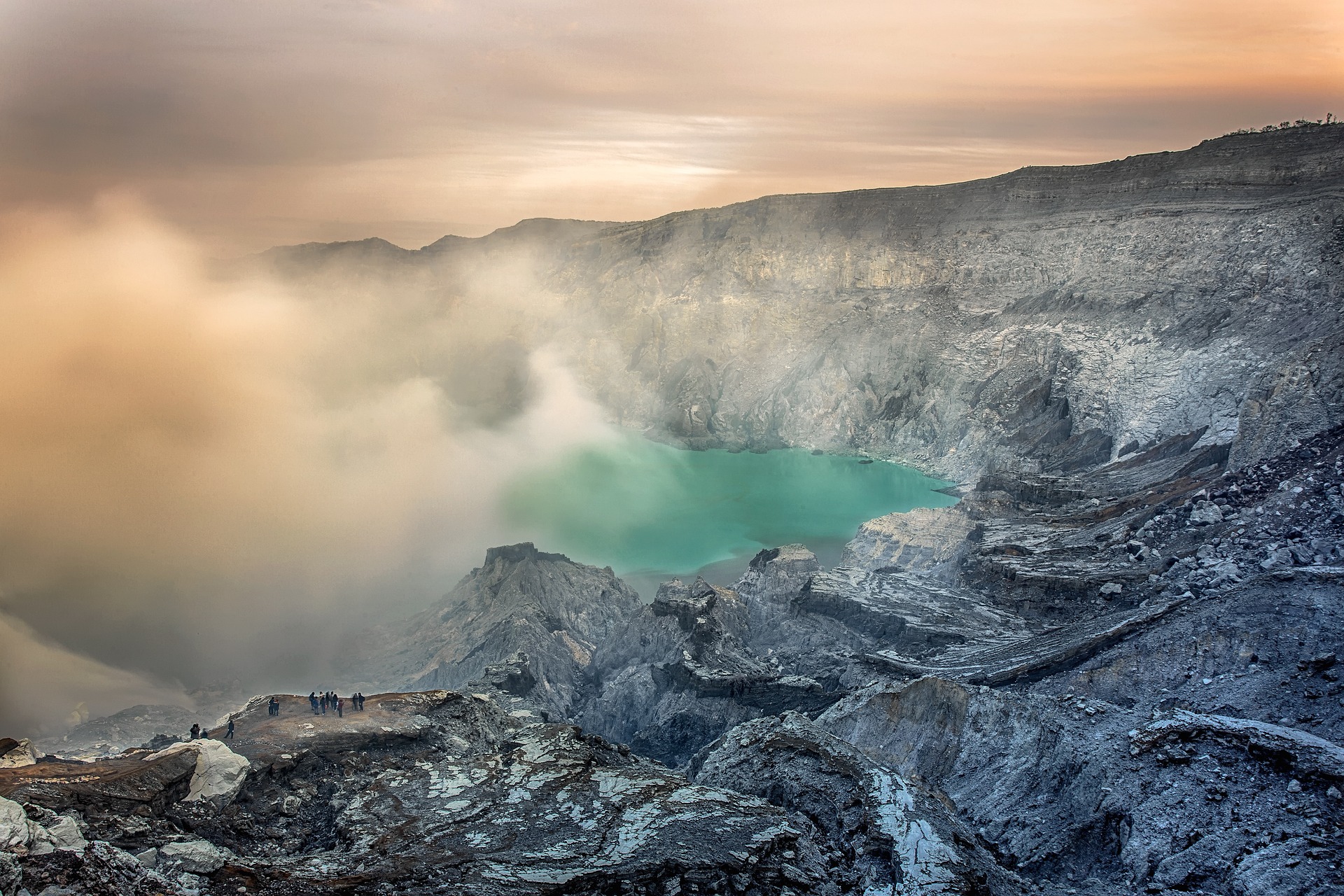
Study reveals most dangerous tourist destinations at risk of natural disasters
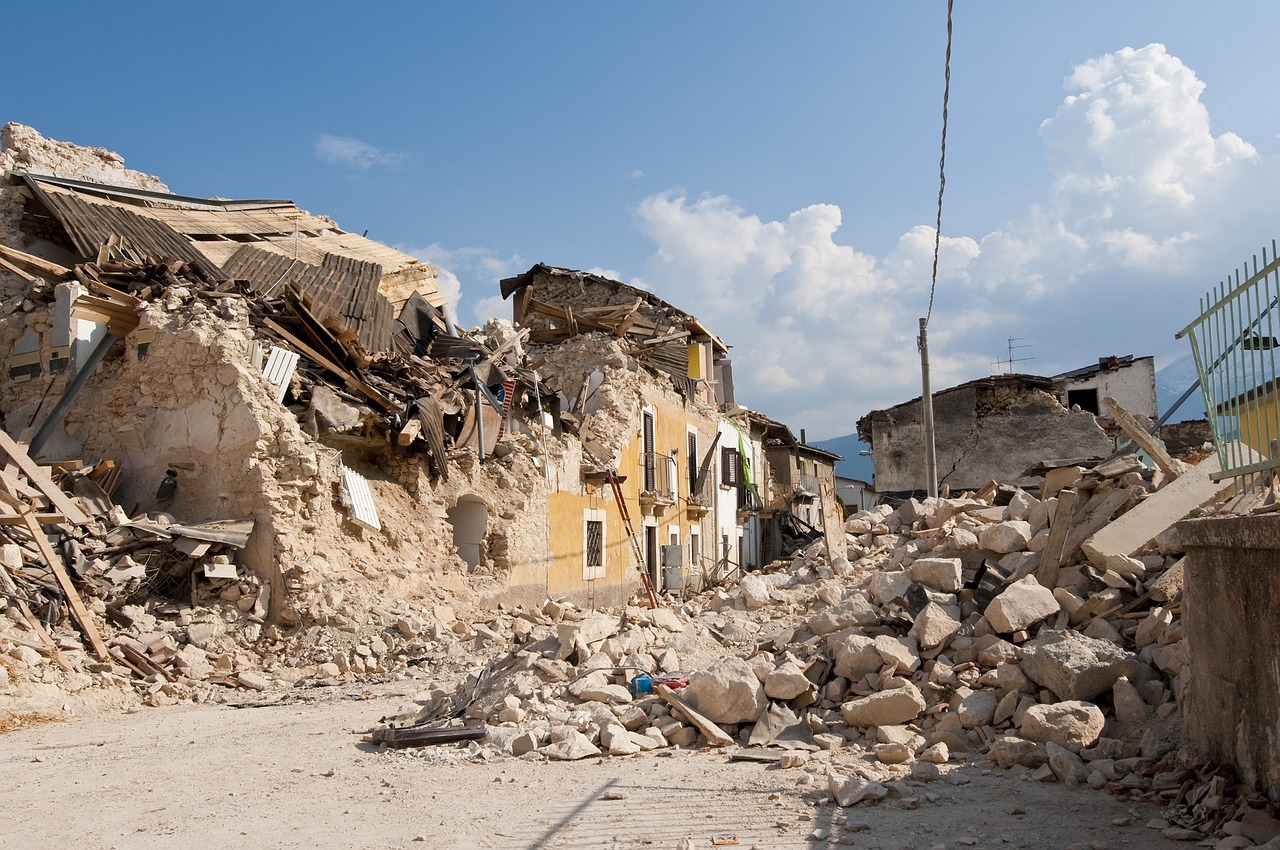
Researchers compiled the ranking from data gathered from credible sources for each country. Moreover, the indicators were normalized on a consistent scale before assigning equal rates to each factor. The process enabled the calculation of a composite risk index score for each country, ranked from 0 to 100, with higher scores indicating great danger of natural disasters.
1. Japan
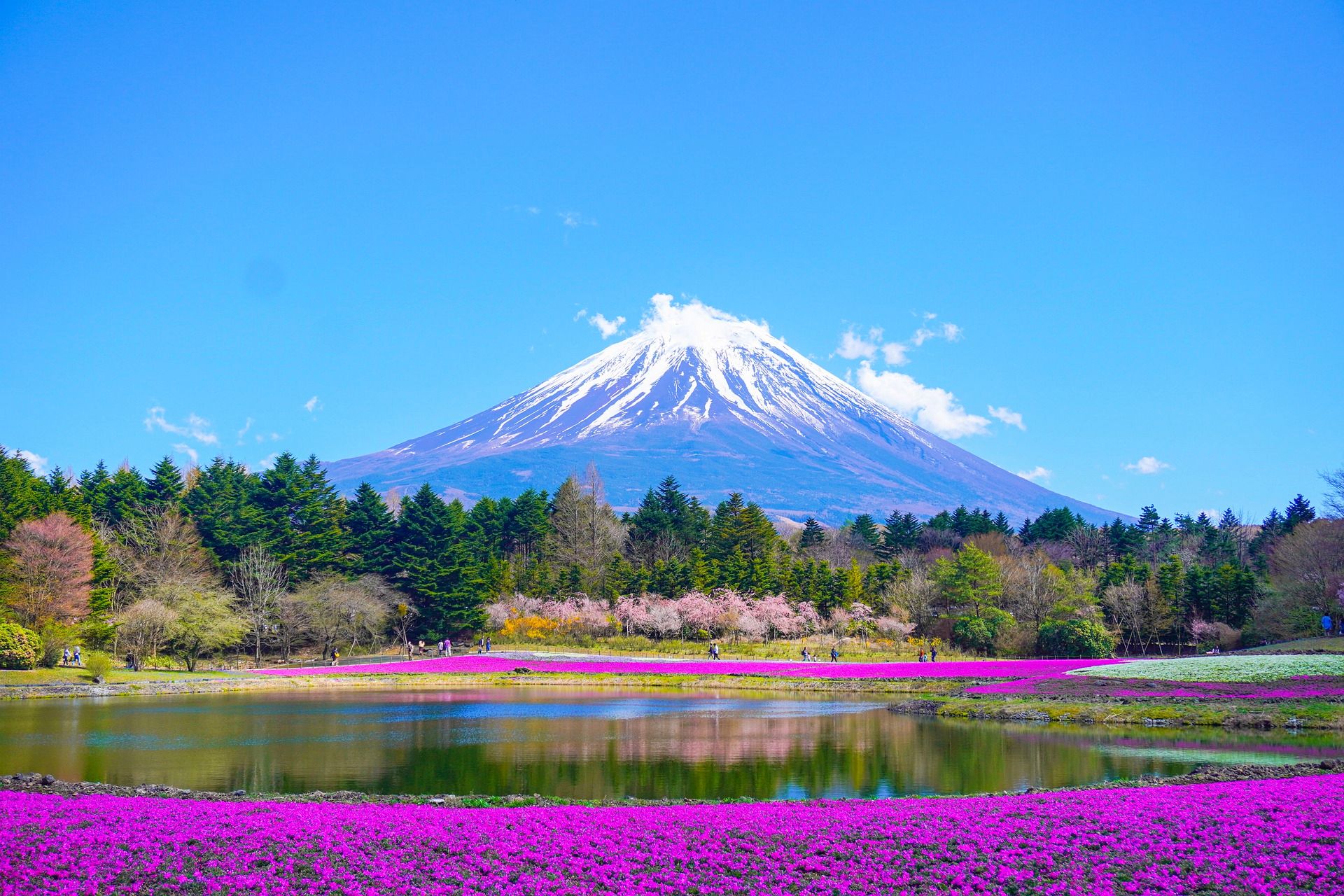
2. Indonesia
Indonesia comes in second place with a composite score of 76.5. This Asian country experiences around 1,000 earthquakes each year. Taking into account its volcanic activity of 120, travelers should remain cautious, particularly when exploring remote islands and volcanic regions of Indonesia.
3. Chile
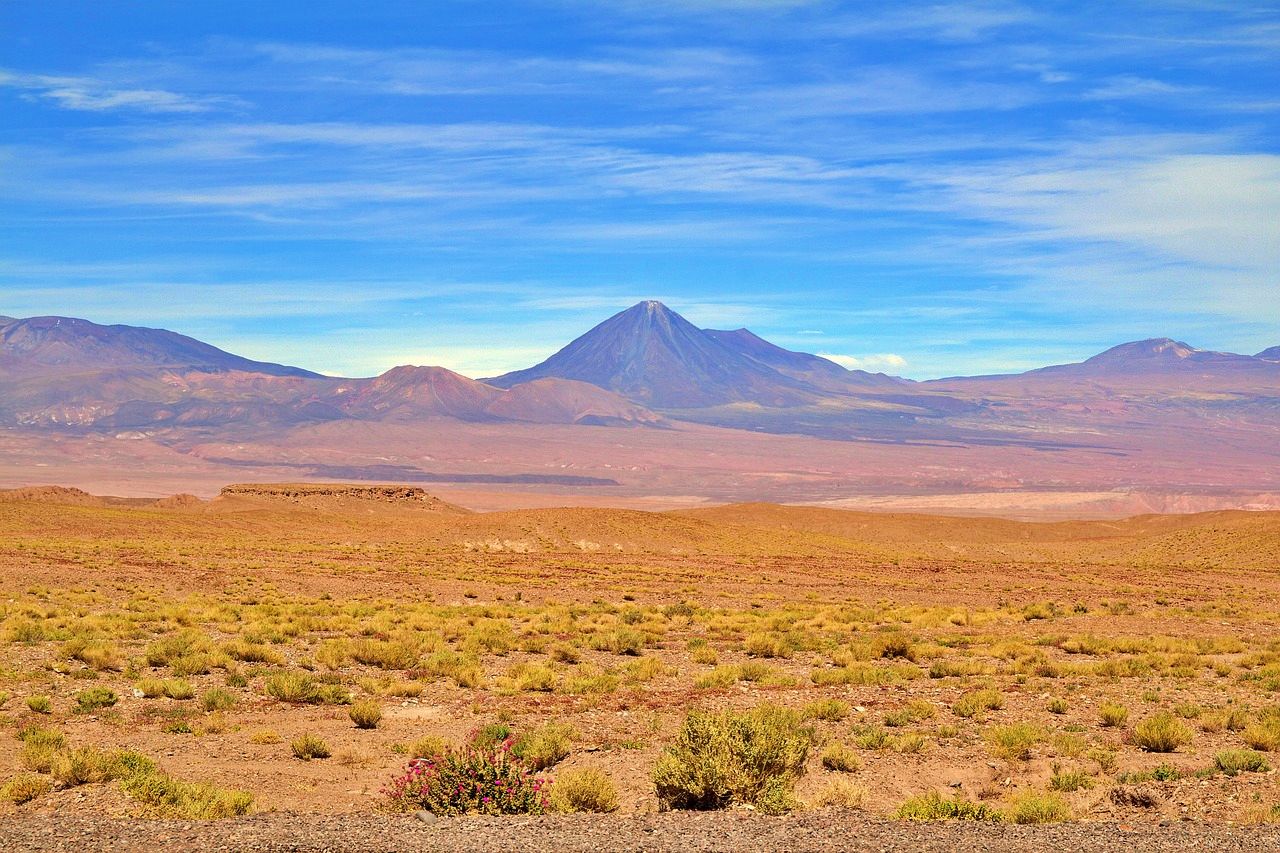
4. Mexico
Ranking in fourth place, Mexico has a composite score of 72. The country experiences an average 1,632 earthquakes each year and with its moderate volcanic activity score of 38, tourists should keep informed about weather and seismic alerts when planning a vacation.
5. Russia
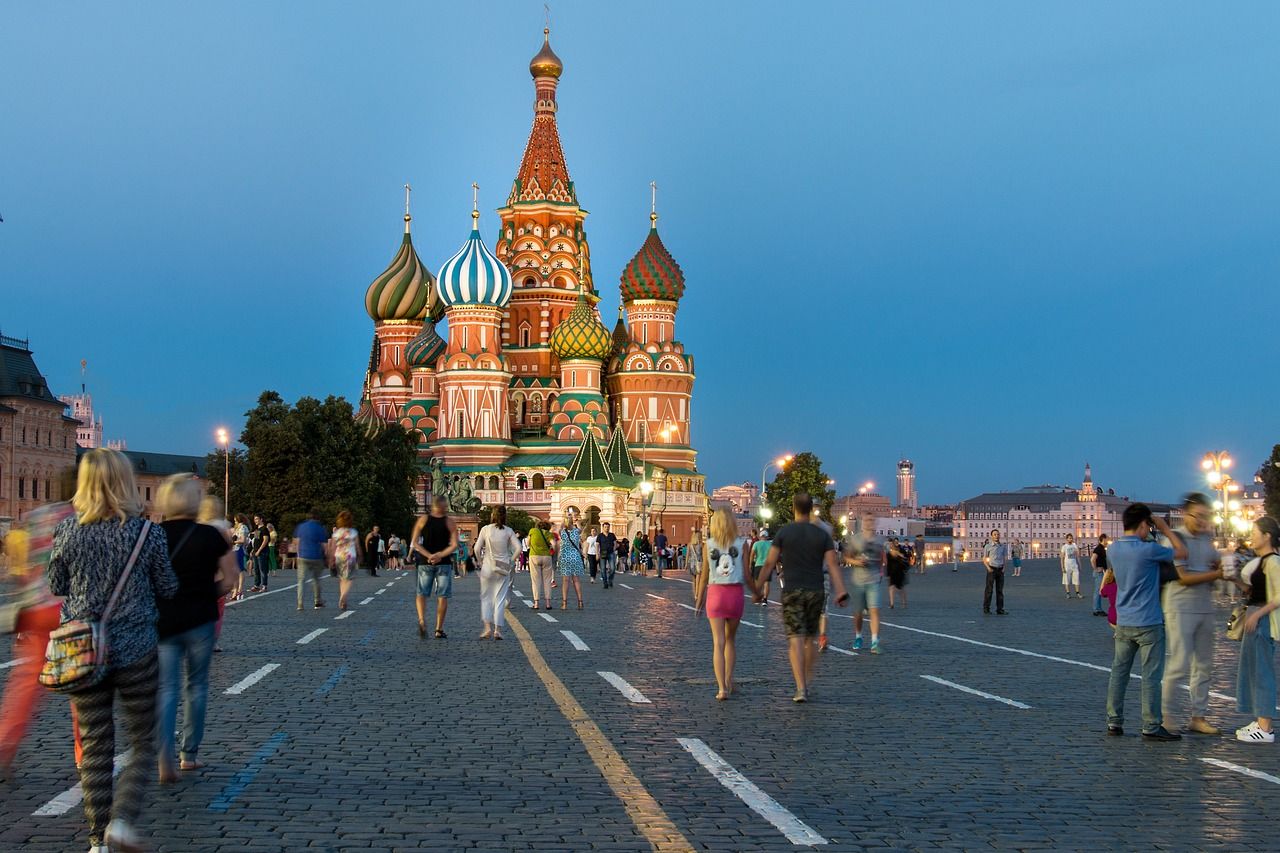
6. India
Coming in sixth place with a composite score of 59, India admittedly experiences fewer earthquakes (276 each year). However, the flood impact in the Asian country is severe and affects more than 4.8 million people each year – the highest among all nations in the top 10 list. One major concern in India is its air quality index, with an average value of 188, making the country a challenging destination for travelers sensitive to pollution.
7. China
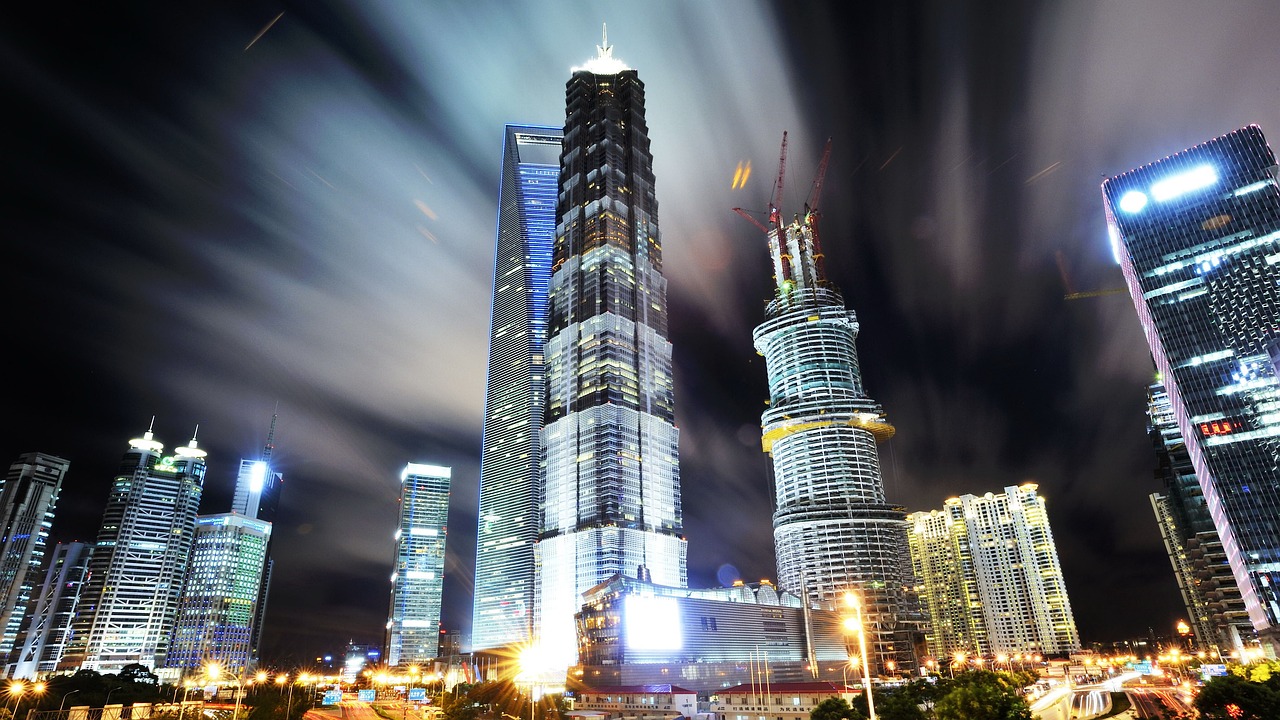
8. The Philippines
Ranking in eighth place with a composite score of 53, the Philippines experiences around 797 earthquakes each year, and floods affect 175,575 people annually. This Asian nation is a hotspot for seismic activity and typhoons, while its volcanic activity of 38 adds another layer of risk for travelers to consider. This makes it essential for tourists to monitor local weather updates when planning a vacation.
9. Greece

10. Peru
Peru comes in tenth place with a score of 51.5, and it records 516 earthquakes annually as well as flooding that affects around 51,918 people. While volcanic activity is less frequent, the South American nation is still in the top 10 for its seismic activity and flooding risks.
Readers can see the full data and research by visiting this link.
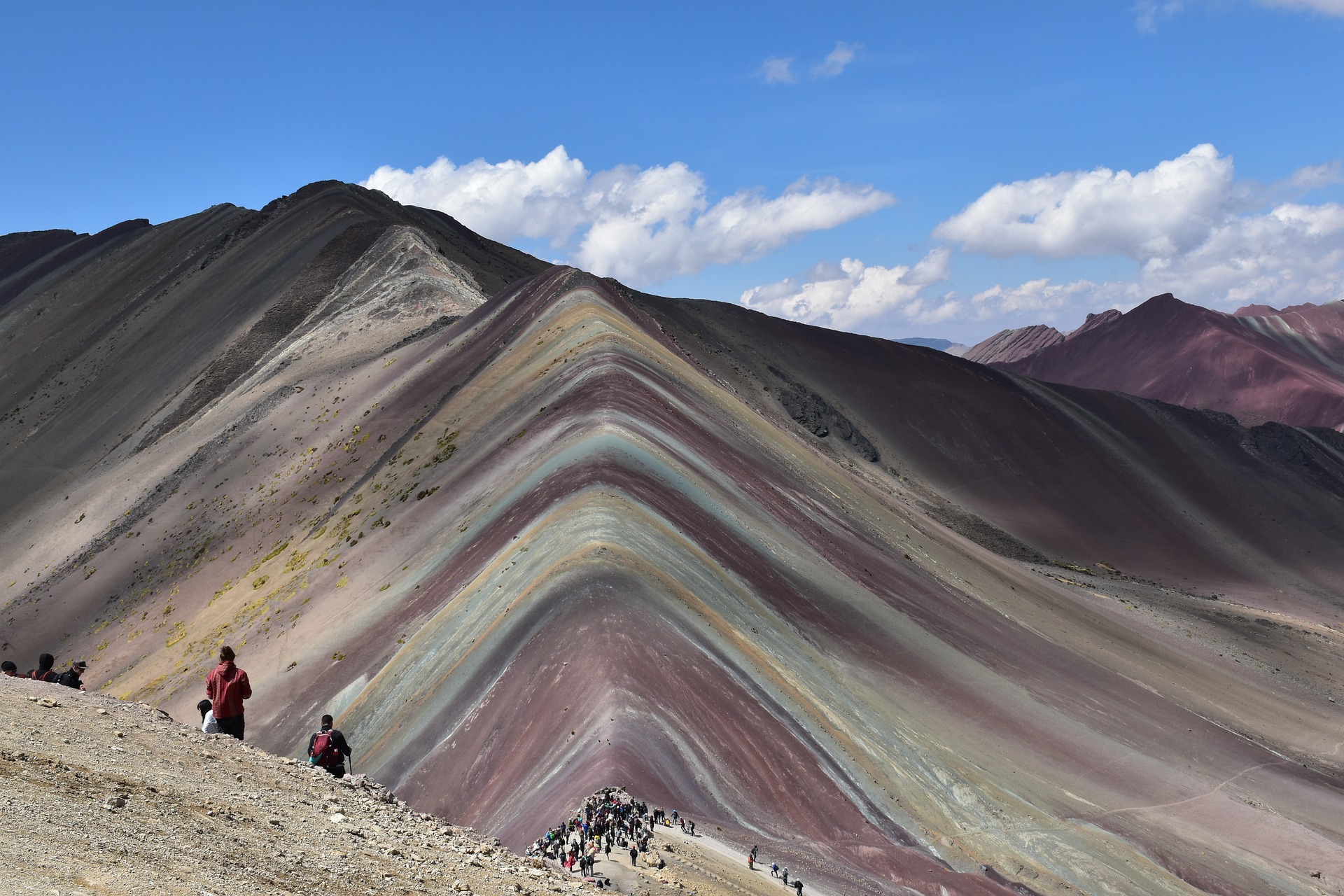
About disaster monitoring and early warning systems in these tourist destinations
A spokesperson from Intersec commented on the study, saying:
Based on the available information and general knowledge about disaster monitoring and early warning systems in these countries, we can provide an approximate ranking of their capacities.
Please note that this ranking is not definitive and may not reflect the most recent developments in each country. The ranking is on a scale of 1 to 5, with 5 being the most sophisticated system:
5 – Japan
Japan is known for its highly advanced earthquake and tsunami early warning systems, along with sophisticated monitoring for other natural hazards.
4.5 – China
China has made significant investments in its disaster monitoring and early warning capabilities, especially relating to floods, earthquakes and severe weather.
4 – Mexico
Mexico features a well-developed seismic alert system and has made improvements in monitoring other hazards.
3.5 – Indonesia
Indonesia is making progress in developing an early warning system, particularly relating to tsunamis, following the 2004 Indian Ocean tsunami.
3.5 – Chile
Chile has a strong focus on earthquake and tsunami monitoring and warning systems.
3 – Philippines
The Philippines has worked towards improving its disaster monitoring and early warning systems, particularly relating to typhoons and volcanic activity.
3 – India
India is also working towards improving its early warning systems, especially relating to cyclones and floods.
3 – Russia
While information is limited, Russia reportedly has a wide range of natural hazards to monitor and has been working towards improving its systems.
2.5 – Greece
While Greece has systems in place for earthquakes and wildfires, these may not be as comprehensive as some other countries on the list.
2.5 – Peru
Peru has been working towards improving its early warning systems – particularly relating to earthquakes and El Niño-related hazards. However, there may still have room for improvement.
The spokesperson added:
This ranking takes into account factors such as the sophistication of monitoring technology, the comprehensiveness of hazard coverage, and the effectiveness of alert dissemination systems. It’s important to note that all these countries are continuously working to improve their disaster monitoring and early warning capabilities.




[…] now, mainland Italy and Sicily could be linked by the world’s longest suspension bridge. While environmentalists say the proposed project would damage local ecosystems, construction is set to begin at the end of […]
[…] other popular tourist destinations can only be visited in the summer months, some, like Menorca offer a great winter experience. […]